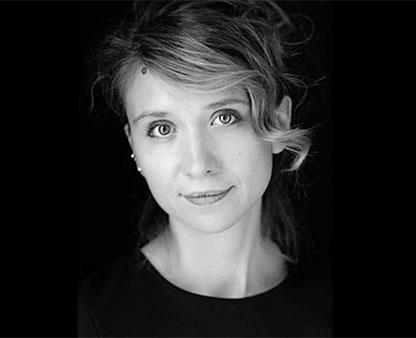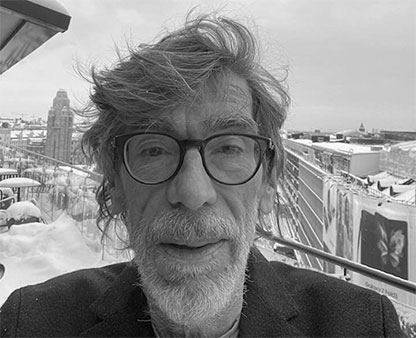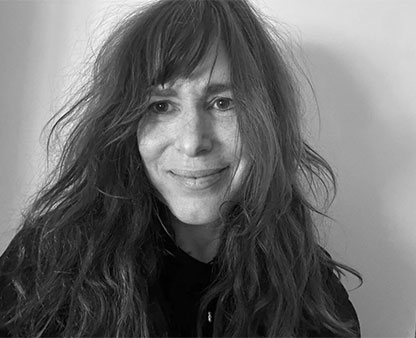


Olivia Chamby-Rus: Åbne øjne
Jeg kan rigtig godt lide Olivia Chamby-Rus’ afgangsfilm. Jeg kan især godt hendes medvirkende Anne Sofie Marisa Jensens præstation. Og hos hende er det først sproget, som griber mig, hendes sproglige opfindsomhed og præcision, en mellemting mellem smukt borgerligt dannet sprog og let antikveret og aldeles nutidigt digterisk sprog som breder sig ud i hendes væsen og gestik som en særlig opmærksom nænsomhed, som en skønhed simpelthen. Anne Sofie Marisa Jensen er en gave til en filmscene, til alle filmscenerne. Det er let at høre og se nu, men Chamby-Rus har hørt og set det først og klogt og afdæmpet bragt dette indtryk, denne sum af iagttagelse på plads i sin film.
Fotografen Jasper J. Spanning har også set det særlige ved den medvirkende unge kvinde. Det er blevet til en opmærksom og nænsom og forelsket fotografering. Og klipperen Sofie Marie Kristensen har lyttet til Anne Sofie Marisa Jensens smukke særprægede talesprog, til hendes overraskende formuleringer og skanderinger, stilfærdigt elegante som hun selv i sin tøven, nej, tilbageholdenhed lige fra åbningens præcisering, at filmen er om ”min beskedne personlige blindhed…” Beskedne! Ordet har adskillige nuancer, det ved hun godt.
Hendes scener er også hendes bevægelser, større og mindre og minimale som for eksempel hendes hænders afsøgen Tegners erotiske skulpturs former og detaljer, ”hvordan det er kvinden hviler sit hoved, det kan jeg ikke rigtigt finde ud af…”, som hendes og venindens humørfyldte finden frem til en musikforretning, hvor de vil prøve instrumenter til salg, som til sidst hendes forunderlige måde at synge Volmer Sørensens og Otto Franckers Dansevise på, hele dansevisen, selvfølgelig. Det er en film, som er lavet af og med færdige scener.
Danmark 2015, 30 min.
SYNOPSIS
Det begynder i mørke og ender i mørke, men ind imellem er der en stemme. / Fra stuen fortæller stemmen om det gyldne lys den står i. Hun hælder te op. og brænder fingerspidserne på det kogende vand. / “The moment I opened my eyes and realized I had forgotten all about who I was”, læser stemmen højt for os. / Måske er det gyldne lys i virkeligheden gult. Hun strækker en hånd ud for at mærke hvor hun kan være.
Lyddesign: Hans Christian Arnt Torp, producer: Caroline Eybye, produktion og distribution: Den danske Filmskole:
http://www.dfi.dk/Nyheder/FILMupdate/2015/Juni/Se-Filmskolens-dokumentarafgangsfilm.aspx?utm_source=nyhedsbrev&utm_medium=email&utm_campaign=filmupdate-nyhedsbrev (Her er links til alle afgangsfilmene)